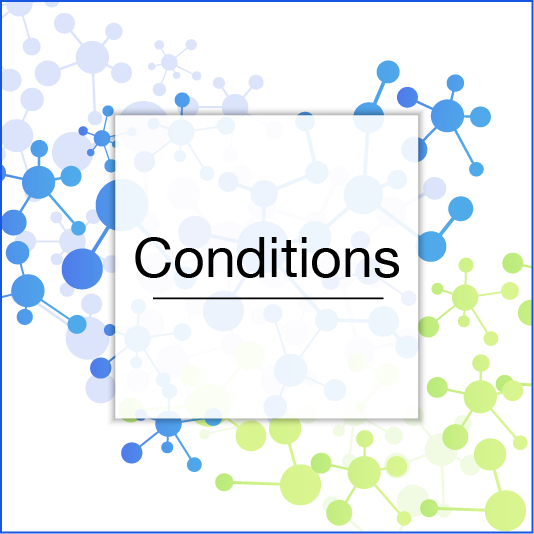
Sleep apnea syndrome is a sleep disorder characterized with repeated interruption of breathing during sleep (apnea) and snoring. On its own, snoring without interrupted breathing is appropriately called “simple snoring”. Five breathing interruptions an hour are considered normal in a healthy individual. On the other hand, more than 5 interruptions an hour accompanied with daytime sleepiness and waking up exhausted or over 15 interruptions without the aforementioned complaints are adequate for the diagnosis of “sleep apnea syndrome”. Patients with sleep apnea syndrome will snore, wake up frequently and sometimes in a sense of choking during the night, jump and wake up in their sleep, complain from interrupted breathing, start the day in exhaustion and restlessness in the morning, and tend to be excessively sleepy during daytime.
Its potentially life-threatening consequences render sleep apnea syndrome a significant issue. If high blood pressure cannot be controlled despite administration of multiple drugs, sleep apnea should be suspected. This is because respiratory halts during sleep encumber the heart with more load than normal. Additionally, constant sleepiness during daytime might expose patients to occupational accidents at work or traffic accidents while driving.
Diagnosing the disease requires a sleep test titled polysomnography, which involves spending a night and sleeping under laboratory circumstances. For the duration of analysis, the patient remains connected to a system that monitors heart rate, nasal airflow, brain waves and movements of the eyes, jaw, muscles, chest and abdomen. Data collected by this system is then transferred to a computer, where experts review it and calculate how long the patient slept, how much of sleep was superficial or deep and how many times breathing was interrupted during sleep. These calculations lead to diagnosis of sleep apnea syndrome.
Treatment of patients diagnosed with sleep apnea involves use of a respiratory aid device through a mask covering the nose, mouth or both. Such a device prevents breathing from coming to a halt, eliminating any associated complaints. Diagnosing and treating sleep apnea syndrome prevents possible sudden death or cardiac diseases that may otherwise emerge as a result.